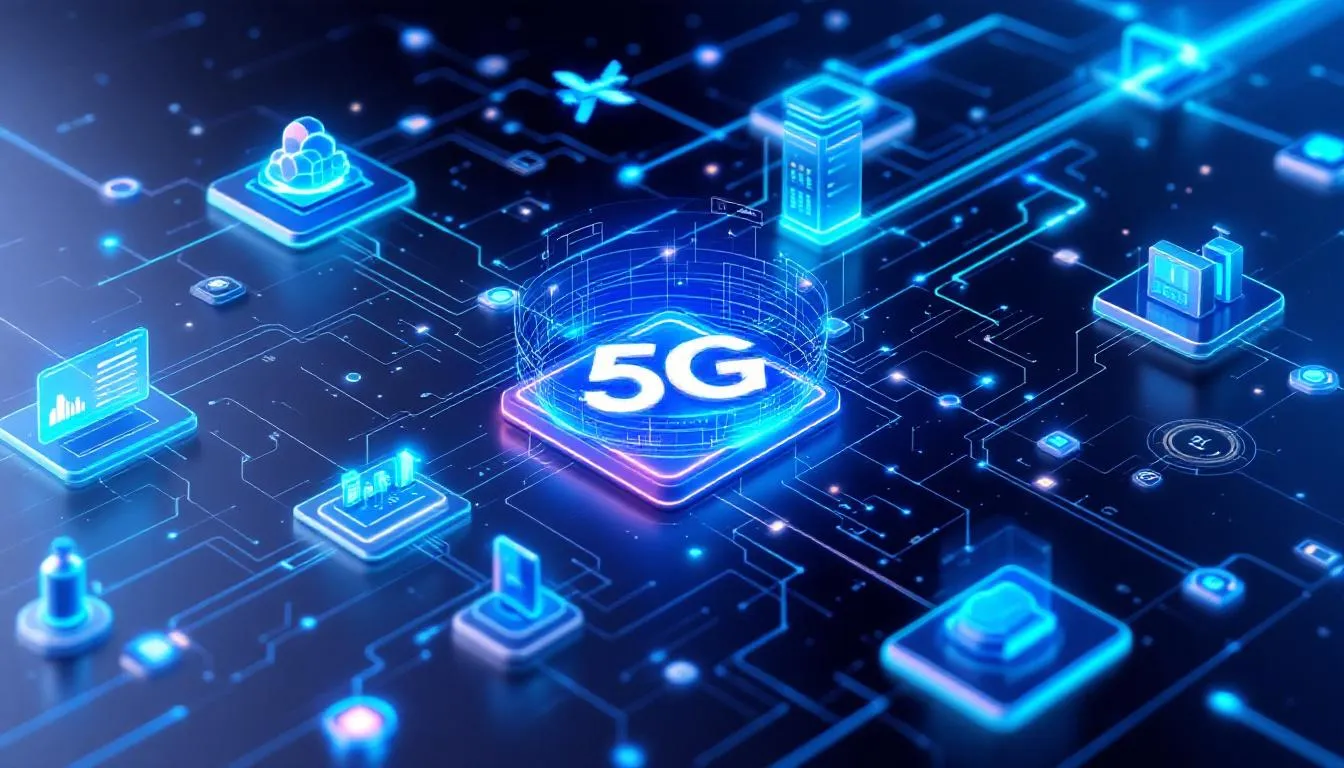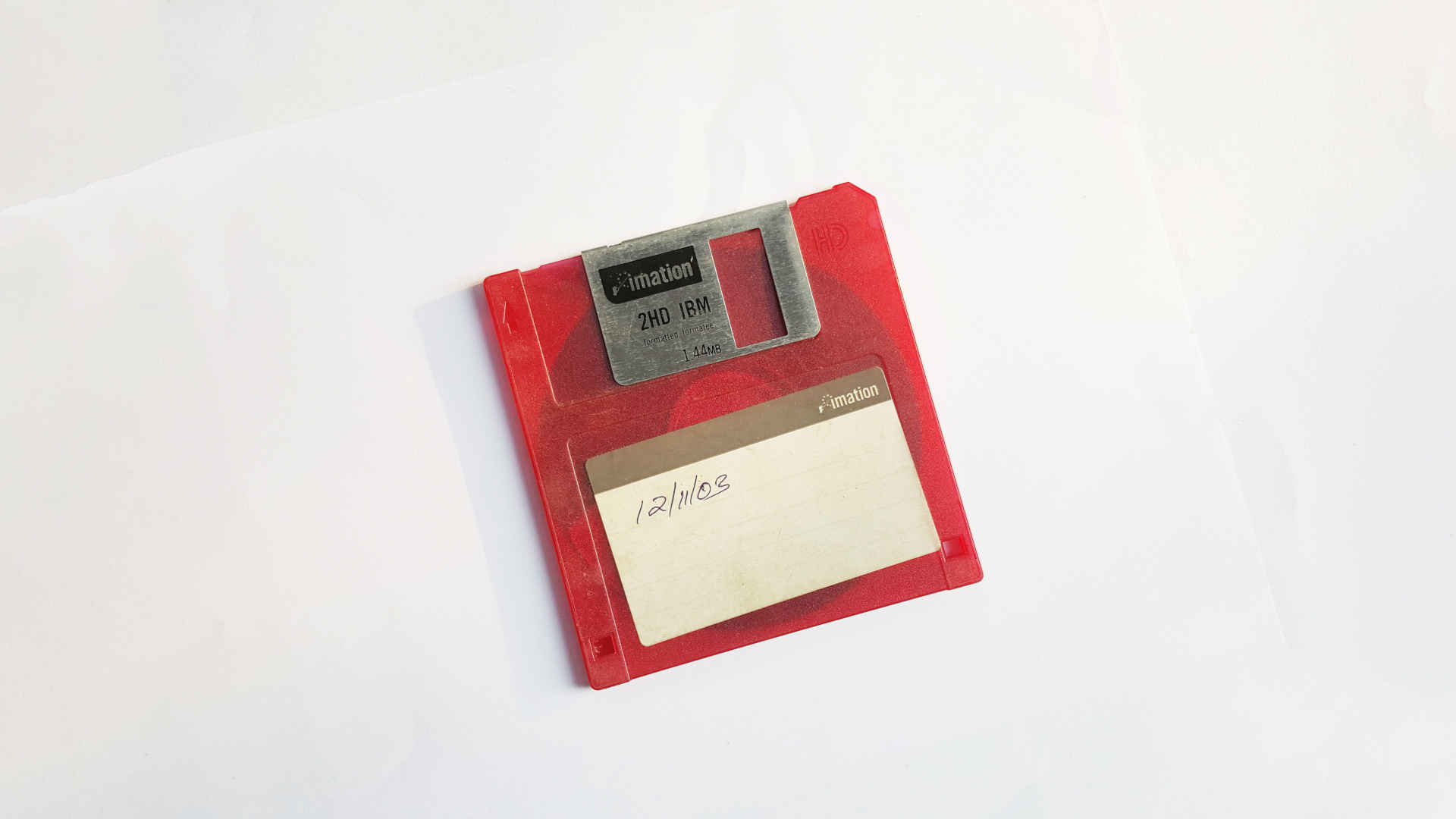The impact of 5G technology on mobile app development is significant. 5G offers faster speeds and lower latency, enabling innovative app features and enhancing user experience. This article examines how these changes are reshaping app development.
Understanding 5G Technology

5G: Transforming Mobile App Development
5G is the most advanced generation of cellular technology, offering speeds up to 100 times faster than 4G and latency as low as one millisecond. It represents a major shift in how mobile networks operate, enabling real-time data processing, support for technologies like augmented and virtual reality, and the ability to connect more devices simultaneously without performance loss. Data transfer rates of 10 to 50 Gbps make it possible to create richer, more data-intensive applications.
Key Benefits for Mobile App Development
5G reduces latency from 50 milliseconds in 4G to as low as one millisecond. This is essential for applications that need instant feedback, such as AR, VR, and interactive gaming. It also supports a higher device density, up to one million devices per square kilometer, which is critical for the growing Internet of Things. Reliability improves as well, with more consistent performance in busy environments. The use of millimeter waves enables higher data rates and flexible networks that expand the possibilities for advanced app features.
Enhanced Performance and User Experience
The combination of ultra-fast speeds and low latency allows developers to build apps with real-time capabilities such as live streaming, instant collaboration, and lag-free video calls. Greater bandwidth supports larger files and more simultaneous users without a drop in performance. Users benefit from smoother high-definition streaming, more responsive gaming, and fewer connection drops, all of which build trust in applications that require stable connectivity like healthcare and finance.
Accelerating Development Cycles
5G speeds up app development by enabling real-time testing and faster iteration. Low latency improves the debugging process, and complex applications can be prototyped and deployed more quickly. This efficiency allows developers to maintain high performance standards while reducing time to market.
Opportunities for Emerging Technologies
5G improves connectivity for IoT devices, allowing better integration with mobile apps and enabling connected vehicles to share real-time data for traffic optimization and road safety. It also makes AR and VR more immersive by eliminating performance issues tied to slower networks. Network slicing lets multiple virtual networks run on the same infrastructure, while edge computing processes data closer to its source, reducing delays and easing the load on cloud systems. By 2025, it is expected that most enterprise data will be processed at the edge with 5G playing a central role.
Improved Cloud Compatibility and Data Processing
Higher bandwidth, low latency, and improved scalability make 5G ideal for cloud-based services. It supports faster, more secure data transfer, real-time analytics, and the quick transmission of large files, which is valuable in fields like healthcare. Network slicing allows different virtual networks to be tailored for specific needs, increasing efficiency for cloud services and enterprise applications.
Enhanced Security
5G includes end-to-end encryption, strong authentication, and separate security measures for each network slice. These protections are important as cyber threats become more sophisticated, ensuring data integrity and user privacy for sensitive applications such as those used in smart cities.
Industry-Specific Impacts
In healthcare, 5G enables remote monitoring, telemedicine, and rapid transfer of large medical files, improving patient care. In entertainment, it delivers high-definition streaming with minimal delay, creating a more engaging user experience. In transportation, it improves GPS accuracy, real-time data processing, and safety features in connected vehicles, which is particularly important for autonomous systems.
Challenges for Developers
Not all devices are 5G-ready, so developers must maintain compatibility with older networks. Infrastructure limitations can affect coverage, especially with high-frequency bands. There are also higher costs involved in adopting advanced tools and hiring skilled developers. While these challenges are significant, the potential for innovation and improved user experiences makes 5G a transformative force in mobile app development.
Preparing for a 5G Future
Preparing for a 5G future requires:
- Significant financial investment and strategic planning.
- Researching monetization strategies, as higher data consumption associated with 5G may drive up costs for users and companies alike.
- Designing applications for decentralized architectures using edge computing to improve responsiveness by reducing data transmission times and exploring new business models.
Mobile app development must evolve along with the advancement of 5G technology to remain competitive. Investing in the necessary tools and skills enable developers to leverage the advanced capabilities of 5G, creating innovative apps that optimize apps to meet modern user demands in mobile development.
Summary
The advent of 5G technology is revolutionizing mobile app development by offering unprecedented speed, ultra-low latency, and enhanced connectivity. These advancements enable developers to create innovative apps that deliver seamless user experiences and support emerging technologies like IoT, AR, and VR. The impact of 5G extends across various industries, from healthcare to entertainment and transportation, highlighting its transformative potential.
As we prepare for a 5G future, developers must address the challenges of device compatibility, infrastructure requirements, and financial investment. By embracing the capabilities of 5G and leveraging its benefits, developers can drive the next wave of technological innovation and redefine the user experience in the digital age.



